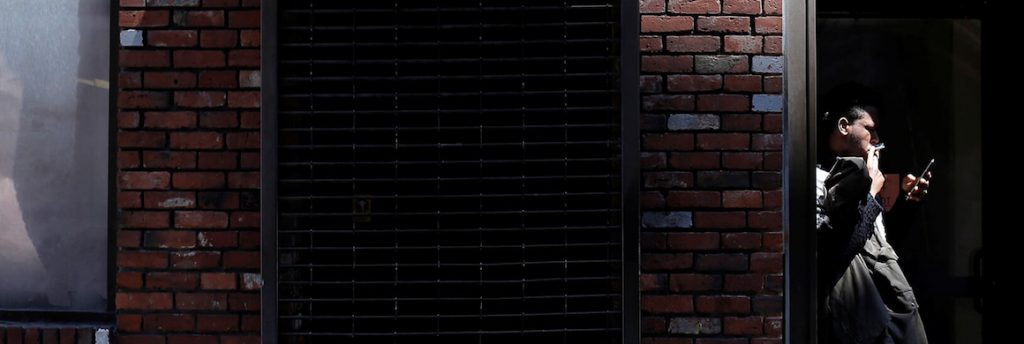Despite an overwhelming amount of information linking smoking and disease, new Stanford GSB research finds that there are actually persistent misunderstandings among American smokers.
In a new study published in PLOS ONE, professor of communication and political science Jon Krosnick co-author Neil Malhotra, a professor of political economy, discovered that most Americans’ perceptions of risk underestimate the danger of smoking.
Krosnick explains, “Smoking is outlawed in public places in the U.S., and the number of people smoking has declined over decades. Yet people continue to initiate the habit of smoking, and many smokers do not try to quit.”
The researchers interviewed over 13,000 Americans, both smokers and non-smokers, about how many times more likely a smoker than a non-smoker is to get lung cancer. Smokers were surveyed about their decisions to start and stop.
According to the study, “Those who perceived more relative risk of lung cancer from smoking were less likely to start and more likely to quit smoking. In contrast, people who perceived more of a difference between the two cancer rates were no more or less likely to start or stop smoking.”
If a person decides to take up smoking based on the perceived risks, Krosnick contends that both government regulators and designers of public health campaigns could help people make more informed choices by making the public more aware of “how many times that a person’s chances of getting lung cancer increase due to smoking” or what is known as “the relative risk.”
